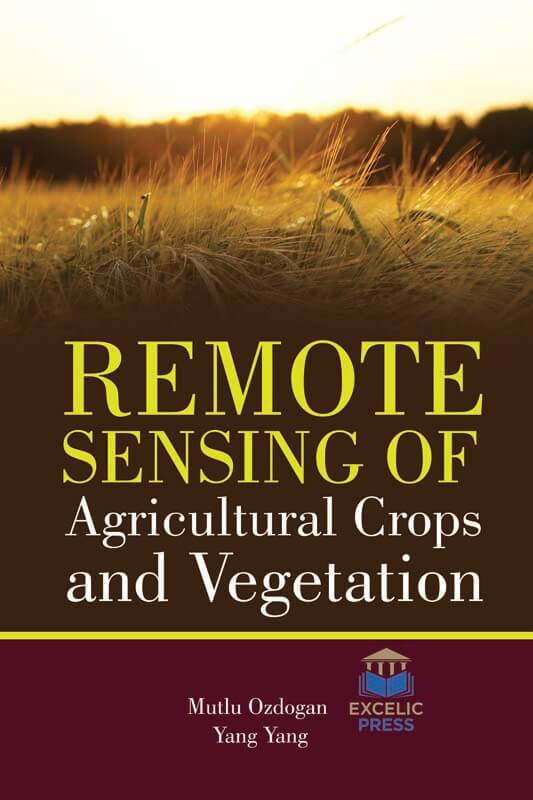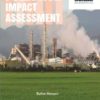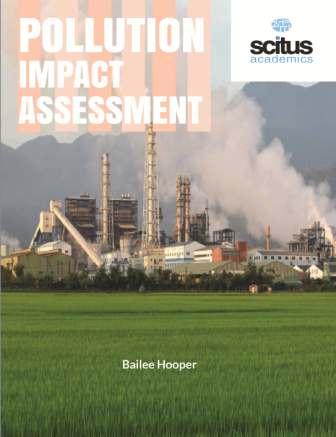Precision Agriculture (PA) recognizes and manages intra-field spatial variability to increase profitability and reduced environmental impact. With the current challenge to improve the agricultural monitoring, forecast, and planning, which are strategic for a country with continental dimensions and great diversity of land uses, the importance of the time series of digital images acquired by low-spatial-resolution satellites (such as the AVHRR/NOAA and MODIS/Terra) to monitor the expansion and production of agricultural crops. The remote sensing pictures area unit a lot of accessible today and their area unit correct technologies to receive, distribute, manipulate and method long satellite image statistic which will be wont to improve ancient strategies for harvest observation and prediction. The potential of the satellite multi-temporal pictures to support analysis of agricultural observation has raised in keeping with enhancements in technological development, particularly in the analysis of enormous volume data|of information} on the market for knowledge discovery. Satellite remote sensing offers tremendous potential for routine observation of irrigation because of the synoptic nature of the information and pronto on the market archives of images. nonetheless, studies that have used remote sensing to map irrigated lands stay comparatively rare.
Bringing the coverage of innovation and developments of remote sensing in agriculture, maintain the state of the art, and gives pointers to developments. Over the last several decades, remote sensing has emerged as an effective tool to monitor irrigated lands over a variety of climatic conditions and locations. Crop growth models simulate the relationship between plants and the environment to predict the expected yield for applications such as crop management and agronomic decision making, as well as to study the potential impacts of climate change on food security. This paper reviews the foremost recent info concerning remote sensing knowledge and their contribution to crop growth models. It reviews the most sorts, applications, limitations, and blessings of remote sensing knowledge and crop models. It examines the most ways by that remote sensing knowledge and crop growth models are combined.
The objective of this book, which summarizes the methods and the results of existing remote sensing studies, is to synthesize principle findings and assess the state of the art. Remote sensing vegetation indices have the potential to assess crop growth variability by quantifying relative growth and health condition of the crop.
This book will serve as a valuable tool for agricultural and environmental monitoring provides to a variety of users, specifically, Master and Ph.D. students, researchers, practitioners, and agriculture and environmental engineers.













Reviews
There are no reviews yet.